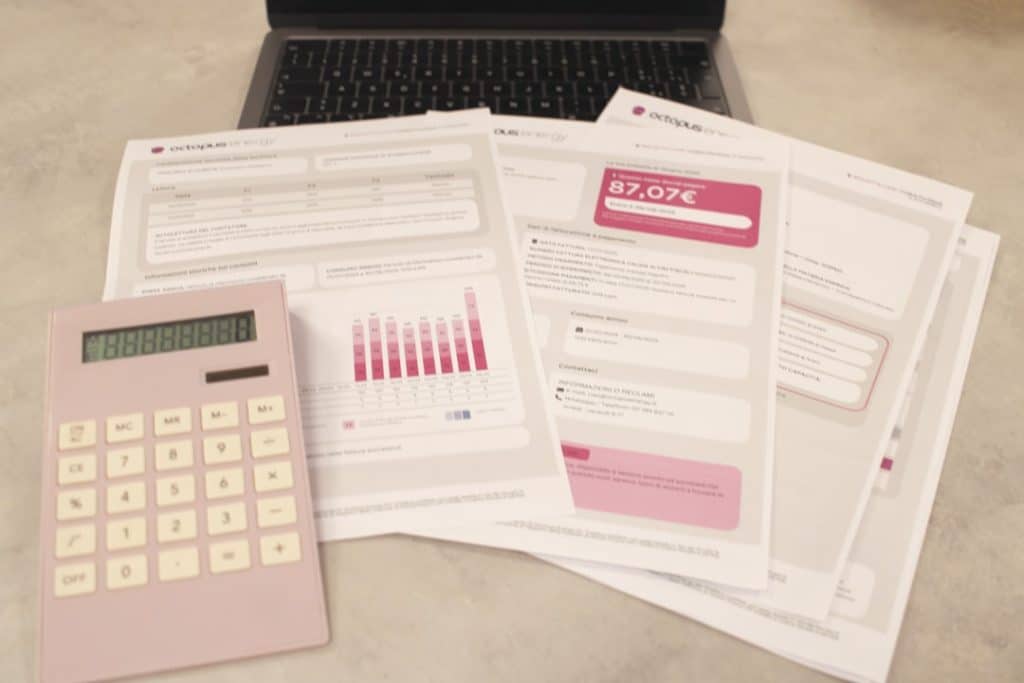Why Zoho Books Applied Sales Tax Incorrectly After an Update and the Custom Tax Rule Audit That Corrected Historical Reports

When it comes to accounting software, accuracy in sales tax calculations is not just a matter of convenience—it’s a critical component for maintaining compliance, financial integrity, and trust with clients and tax agencies alike. Recently, businesses relying on Zoho Books faced an unsettling issue: an update inadvertently caused sales taxes to be calculated incorrectly. This resulted in distorted financial reports and forced organizations to initiate a custom tax rule audit to repair the damage.
TLDR: After a Zoho Books update, a misconfiguration in sales tax automation led to improperly applied tax rates for many businesses. The issue caused discrepancies in financial reports and tax filings. A custom tax rule audit became necessary to identify where inaccuracies occurred, correct historical invoices, and restore accurate reporting. Zoho has since addressed the glitch, but this event highlights the importance of regular audits and tax rule management.
What Went Wrong With the Zoho Books Update?
In late 2023, Zoho Books rolled out an update intended to enhance integration with marketplace tax APIs and streamline tax calculations for businesses operating in multiple states and jurisdictions. While the update introduced useful features, it inadvertently disrupted existing configurations for many users who had previously set up manual tax rules tailored to their operations.
The core of the issue revolved around how the update began prioritizing automatic tax detection based on billing and shipping addresses, overriding custom-defined tax rules. For companies that operated within narrow state lines, or those selling in tax-exempt zones, this resulted in:
- The wrong tax rates being applied.
- Tax calculated where no tax should have been charged.
- Completely missing sales tax entries in jurisdictions that required them.

Prior to the update, users had configured specific tax rules based on products, geographical zones, and customer types. These rules were often the result of painstaking customization. Unfortunately, the new automation feature neglected these granular configurations unless users manually re-prioritized them.
This led to thousands of businesses filing inaccurate monthly, quarterly, or annual tax reports—unaware that the core data had been flawed for weeks, or in some cases, months.
The Immediate Impact on Financial Reporting
Sales tax discrepancies infiltrated key operational areas:
- Accounts receivable inaccuracies: Invoices showed incorrect totals due from clients.
- Sales tax liability reports: Ledger balances reflected incorrect liabilities.
- Client refunds: Some businesses had to issue refunds for taxes charged erroneously, affecting cash flow.
Beyond compliance risks, the issue undermined financial decision-making. For example, profitability margins were skewed when tax-inclusive pricing distorted sales data. Additionally, internal audits flagged sales anomalies without being able to easily trace them to the sales tax changes.
How the Custom Tax Rule Audit Rectified the Problem
Once users started reporting inconsistencies, Zoho’s support teams urged businesses to implement a custom tax rule audit—a deep inspection of every applied tax rule, its target jurisdiction, and how it should be calculated post-update.
This audit process typically involved the following steps:
- Exporting historical invoice data: Particularly those affected during the update window.
- Mapping vs. intended tax rates: Users cross-checked what taxes should have been applied based on external jurisdiction rules (e.g., state or city tax boards).
- Restoring or creating manual tax rules: Businesses re-implemented specific rules that had been overwritten by automation.
- Reapplying taxes on historical invoices: With caution, corrected taxes were reapplied and re-saved on historical documents.
- Generating corrected reports: New versions of tax liability reports, P&L statements, and client transaction histories were created.

For many, this wasn’t just an exercise in fixing a software glitch—it was a wake-up call to implement stricter oversight protocols for any future software updates.
The Role of Zoho’s Support and Community
During the height of the issue, Zoho Books’ user forums became inundated with questions. There were concerns about whether tax reports submitted during the affected period needed to be amended or refiled, and whether Zoho would offer tools to assist in bulk re-calculation.
To their credit, Zoho acknowledged the problem quickly and released documentation outlining how to disable auto-tax where necessary and how to re-prioritize custom tax rules in affected accounts. Moreover, they rolled out an interim update permitting users to check a box that locked preexisting tax rules from being overridden by automated new ones.
Still, much of the legwork fell upon businesses themselves. Financial controllers and bookkeepers had to retrace months of transactions and verify each against governing tax laws—a labor-intensive effort, especially for companies with high-volume sales activities.
Lessons Learned for Businesses
This episode served as both a cautionary tale and a learning opportunity:
- Regular backups and exports: Historical data exports ensure businesses can restore accurate records when needed.
- Version review before updates: Always review patch notes or change logs before enabling new updates, especially those impacting tax or compliance settings.
- Tax authority cross-referencing: Don’t rely solely on software; always verify tax applicability against local regulations.
- Engage in periodic internal audits: Routine audits help detect systemic issues early before they affect months of data.
Moving forward, many businesses began working with third-party accountants or tax professionals to spot-check tax rules every quarter. Some even began documenting an internal tax rulebook so that knowledge about settings and responsibilities doesn’t live solely within the accounting software.
Zoho’s Future Safeguards
In response to customer backlash, Zoho has committed to rolling out a “rule diagnostics dashboard” to visualize how taxes are being applied to each invoice, including the hierarchy of rules being enforced. Moreover, the company has included customizable alerts that notify users when taxes are being automatically calculated in a way that conflicts with their prior settings.
While these features are promising, the incident underscores the need for user vigilance and the importance of maintaining a close relationship between accounting practices and software configurations.
Frequently Asked Questions (FAQ)
- Q: What triggered the incorrect tax setup in Zoho Books?
A software update shifted the prioritization of tax automation, leading to the override of existing manual tax rules in many businesses’ accounts. - Q: How can I tell if my historical reports were affected?
Check if your expected tax figures for invoices, liability reports, or reconciliations suddenly changed post-update without a business process change. - Q: Can old invoices be corrected in Zoho Books?
Yes, Zoho allows users (with proper permission levels) to re-calculate and reapply tax rates to past invoices. It is advisable to back up data beforehand. - Q: Is the auto-tax feature now fixed?
Yes, Zoho has patched the system and also added an option for locking manual tax rules so they aren’t overridden by default automation. - Q: What should I do to prevent this in the future?
Regularly audit tax settings, create a documentation process for custom rules, and review update logs before enabling tax-related changes.
